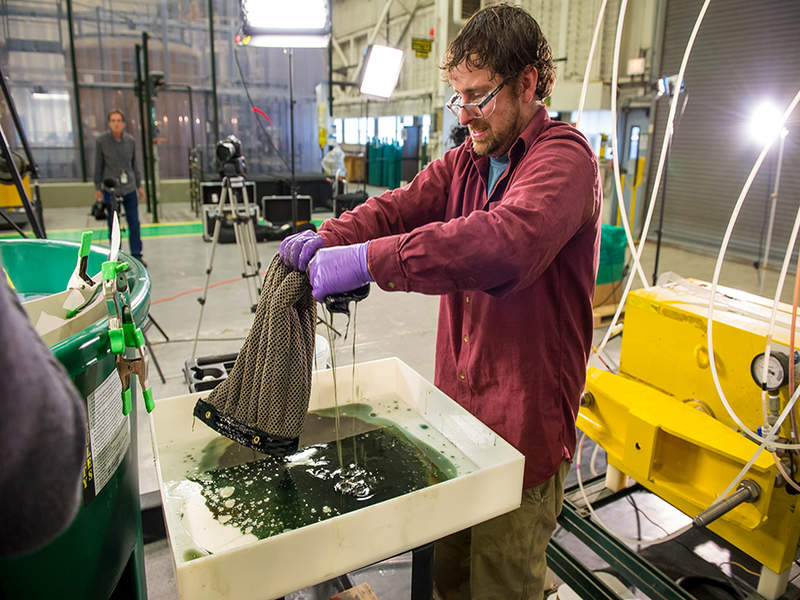

The US Department of Energy’s (DoE) Argonne National Laboratory has developed a new technology called Oleo Sponge that absorbs oil from water.
The Oleo Sponge is also reusable and can suck dispersed oil from the entire water column and not just from the surface.
This foam is expected to become effective in cleaning oil spills in offshore regions.
Argonne’s Center for Nanoscale Materials co-inventor Seth Darling said: "The Oleo Sponge offers a set of possibilities that, as far as we know, are unprecedented."
Researchers began with the common polyurethane foam, which is used in everything from furniture cushions to home insulation. This foam is versatile enough to provide ample surface area to grab oil.
How well do you really know your competitors?
Access the most comprehensive Company Profiles on the market, powered by GlobalData. Save hours of research. Gain competitive edge.

Thank you!
Your download email will arrive shortly
Not ready to buy yet? Download a free sample
We are confident about the unique quality of our Company Profiles. However, we want you to make the most beneficial decision for your business, so we offer a free sample that you can download by submitting the below form
By GlobalDataSee Also:
Scientists had to give the foam a new surface chemistry to firmly attach the oil-grabbing molecules.
Following some trial and error, the researchers found a way to adapt the technique to expand an extremely thin layer of metal oxide primer near the foam’s interior surfaces.
This serves as glue for attaching the oil-loving molecules, which are deposited in a second step. They hold onto the metal oxide layer with one end, while reaching out to grab oil molecules with the other.
The result is Oleo Sponge, which resembles an outdoor seat cushion and can be wrung out and reused.
Darling said: "The material is extremely sturdy. We’ve run dozens to hundreds of tests, wringing it out each time, and we have yet to see it break down at all."
Argonne’s Technology Development and Commercialisation division business development executive John Harvey said that the new product can be used in harbours and ports where fuels tend to get accumulated through continuous ship traffic.
If proven effective, the technology will help limit the devastating impacts of oil spills such as the Deepwater Horizon disaster in the Gulf of Mexico.
Image: Argonne postdoctoral researcher Ed Barry tests Oleo Sponge. Photo: courtesy of Mark Lopez/Argonne National Laboratory.






